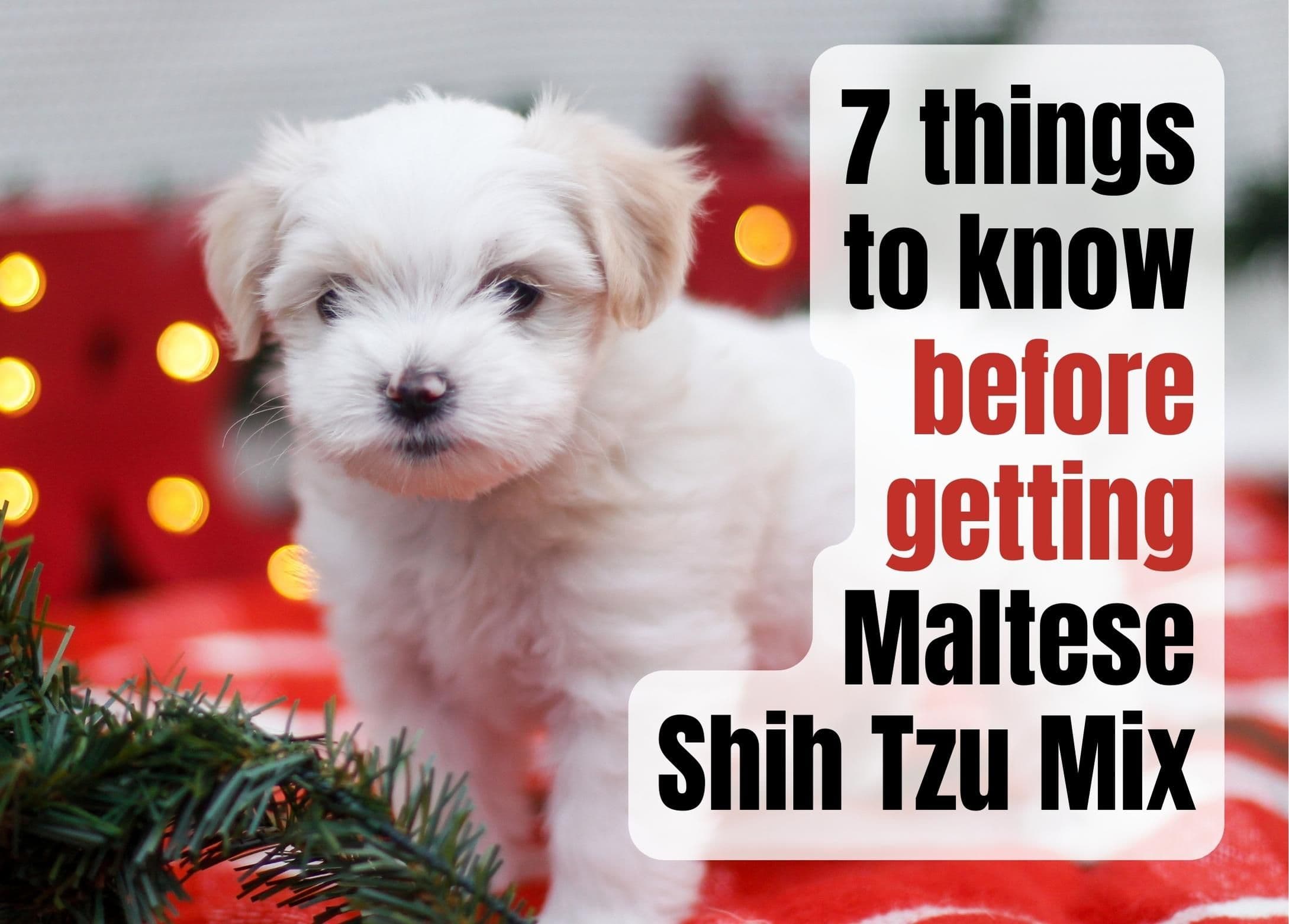Essential Facts About the Maltese Shih Tzu Mix

Thinking about getting a Maltese Shih Tzu mix? You’re not alone — this little fluffball (also called a Malti-Tzu or Mal-Shi) is a popular designer breed for good reason. It’s low-shedding, allergy-friendly, and has a personality that’s hard not to love. We’ve spent time with quite a few of these pups, and here’s what you really need to know before bringing one home.
Small, Sweet, and Perfect for Apartment Life
The Maltese Shih Tzu mix is a toy-sized dog — usually under 10 inches tall and around 6 to 12 pounds. Think: cat-sized cuddle buddy. Their small size makes them ideal for apartments or homes without a yard. They don’t need tons of space, but they do need your attention. And because they’re so tiny, be careful not to step on them (we’ve all had those near misses!).
Surprisingly Consistent Looks (and Breathing!)
While designer dogs can be unpredictable in appearance, Malt-Tzus tend to be pretty uniform — small body, soft coat, and a cute teddy bear face. One big plus? Unlike purebred Shih Tzus, most Malti-Tzus don’t inherit that flat, brachycephalic snout. That means fewer breathing issues and better tolerance for warmer weather. If your pup does have a flatter nose, just be mindful during hot days or heavy exercise.
Low-Shedding and Allergy-Friendly — But Grooming Takes Work
You’ll often hear “hypoallergenic” with this mix. While no dog is 100% allergy-proof, Malti-Tzus are about as close as it gets. Whether their coat is single- or double-layered, they shed very little. But that coat needs regular brushing to avoid matting and skin problems. We recommend brushing several times a week and scheduling regular trims, especially around the eyes.
Coat colors can range from all white to combinations with tan, black, or brown — and the texture is usually silky and soft, sometimes with a gentle wave.
Calm, Affectionate, and Great for Families
We love how naturally sweet this mix tends to be. They’re not the barky, high-strung type you might expect from a toy breed. Instead, they’re gentle, affectionate, and thrive on human interaction. That makes them great for families, seniors, and even first-time dog owners. Just be aware that they can get clingy and develop separation anxiety if left alone too long. This is definitely a dog that wants to be part of your daily life.
Easy to Train — Especially With a Bit of Love
These dogs may not have a working-dog background, but they’re smart and eager to please. Start early with basic obedience and make training fun. Positive reinforcement goes a long way. And since they’re usually not stubborn like some small breeds, they pick up routines quickly when you’re consistent.
Not the “Small Dog Syndrome” Type — If You Socialize Early
Malti-Tzus are usually friendly and social — with people, other dogs, and even cats — especially if you start socialization young. The “Napoleon Complex” (aka Small Dog Syndrome) some tiny dogs get? That’s not baked into their DNA. It’s more about how they’re raised. So don’t skip out on training or assume their small size makes bad behavior cute — it won’t be later!
Generally Healthy, but Know What to Watch For
These pups typically live 12 to 14 years, and sometimes longer with great care. They’re generally healthy, but like all breeds, they have a few vulnerabilities. Keep an eye out for signs of patellar luxation (knee issues) and white shaker syndrome (tremors in small white dogs). Getting your pup from a responsible breeder who screens for these conditions is key.
Bottom line? If you’re looking for a sweet, low-shedding, low-drama lapdog who loves to be with you — the Maltese Shih Tzu mix might be your perfect match. Just be ready for regular grooming, lots of cuddles, and a pup who’ll follow you from room to room like your new fluffy shadow.
